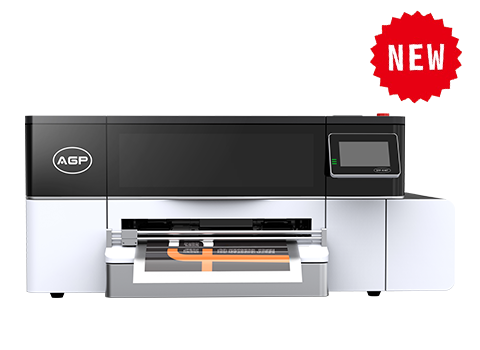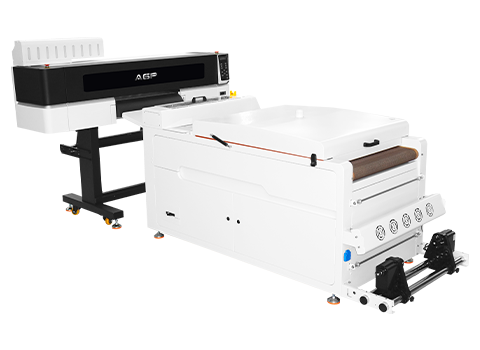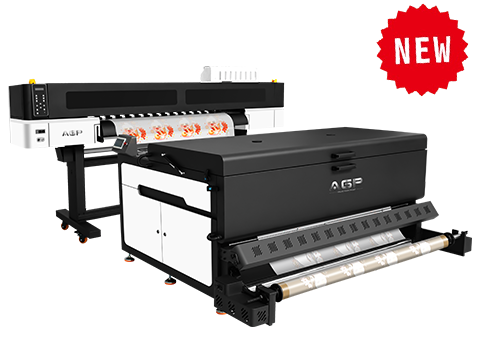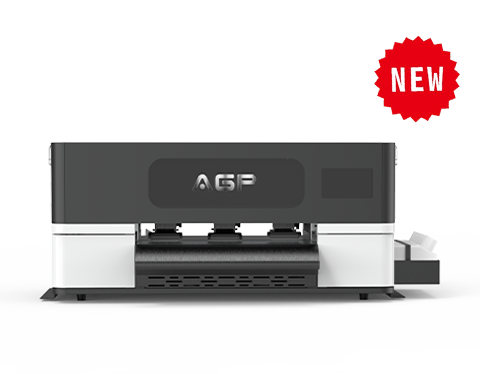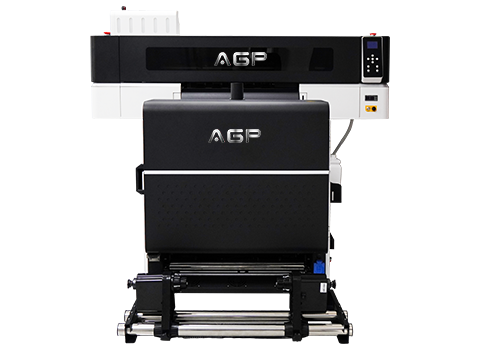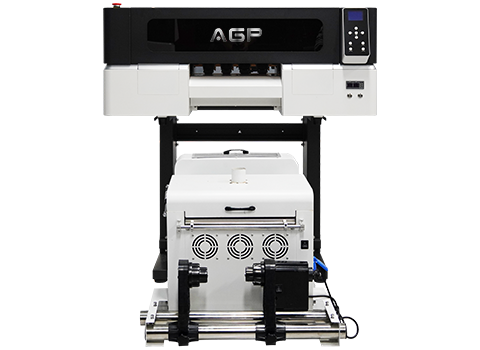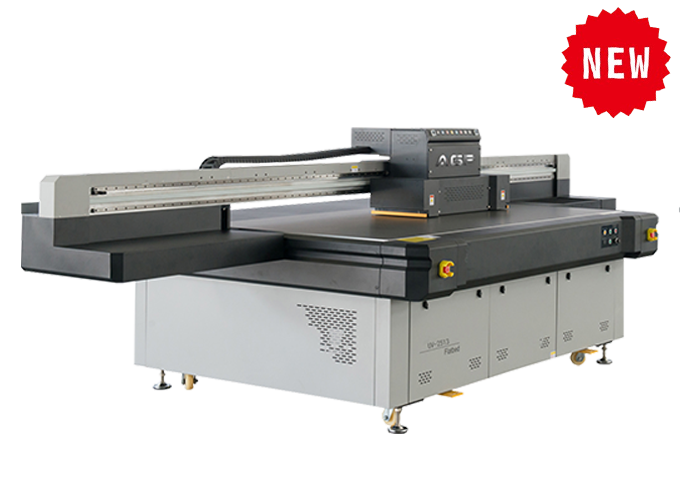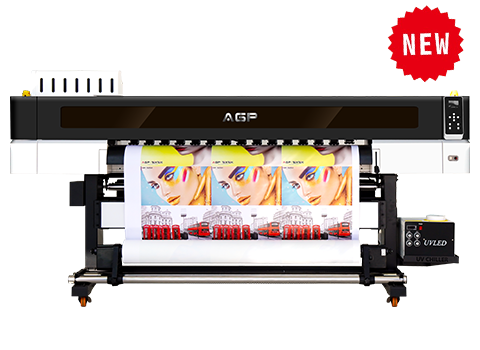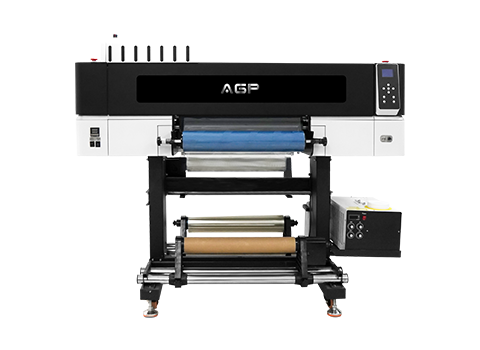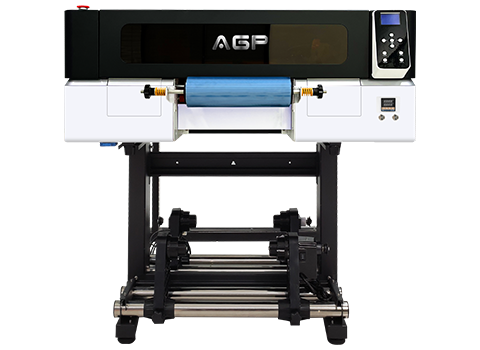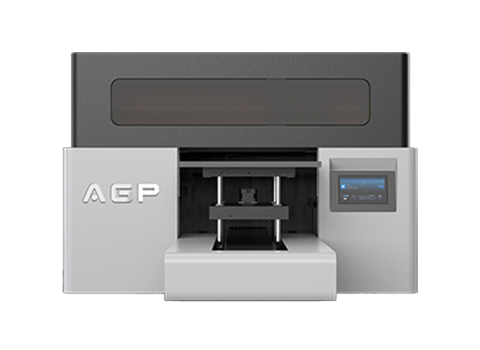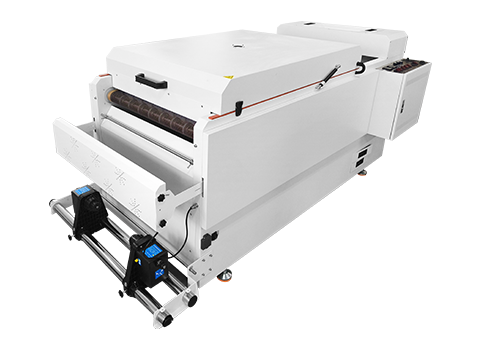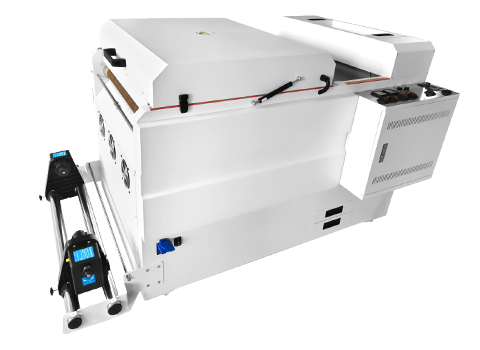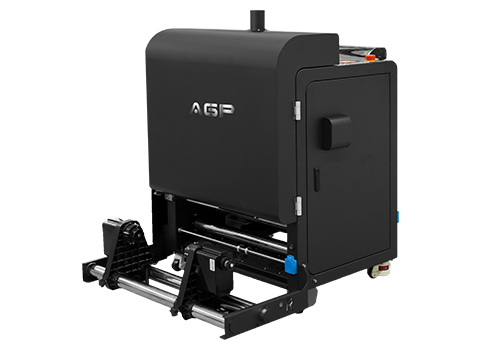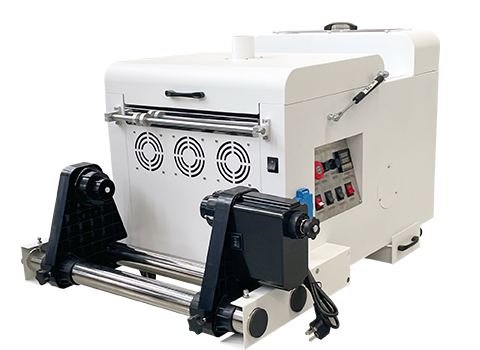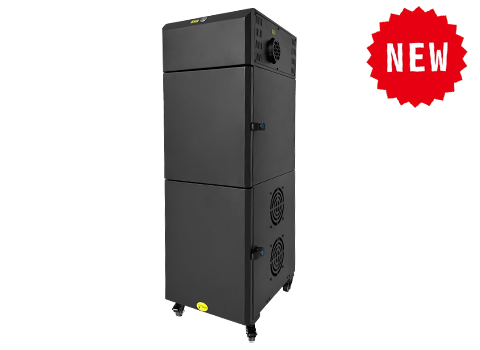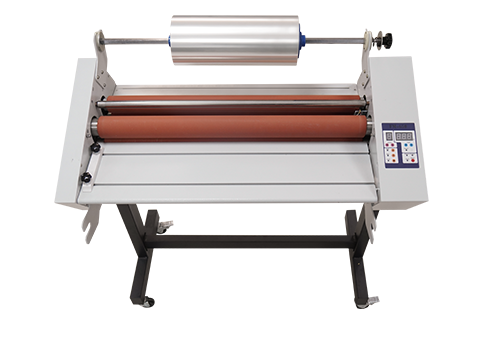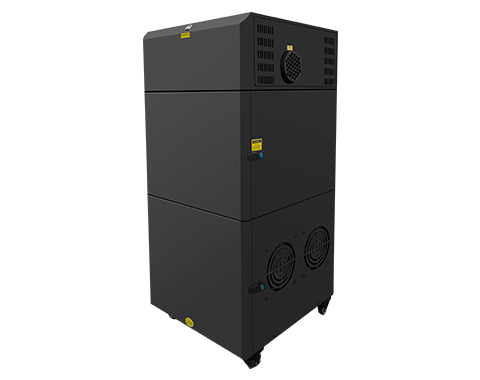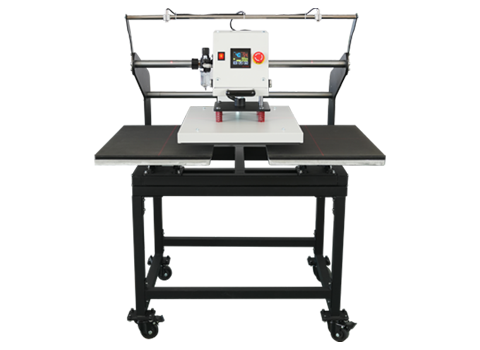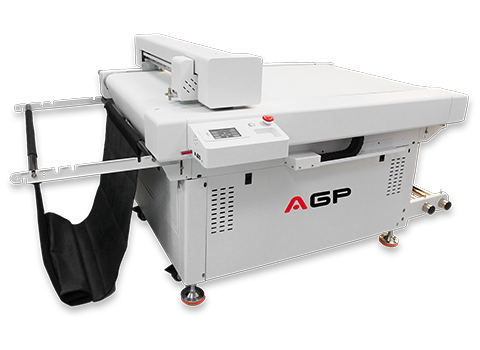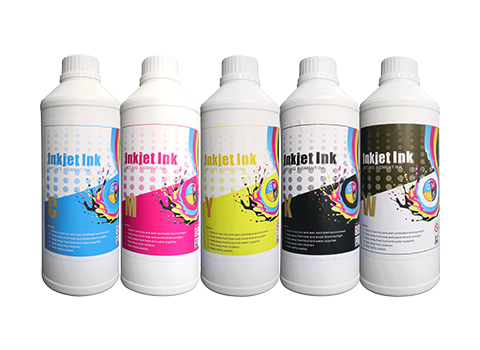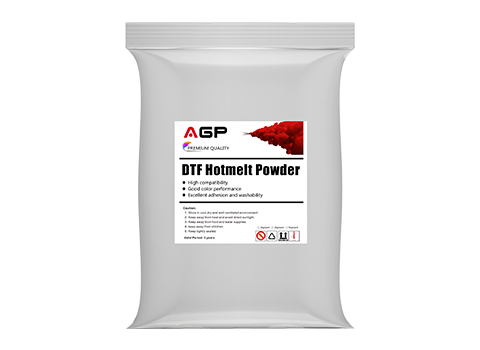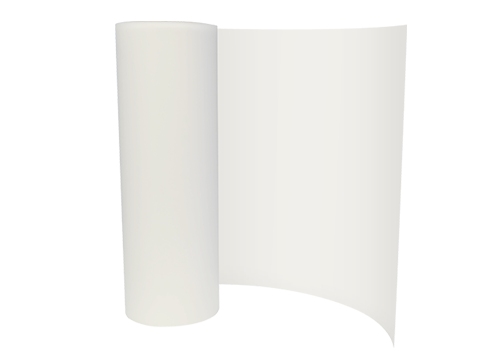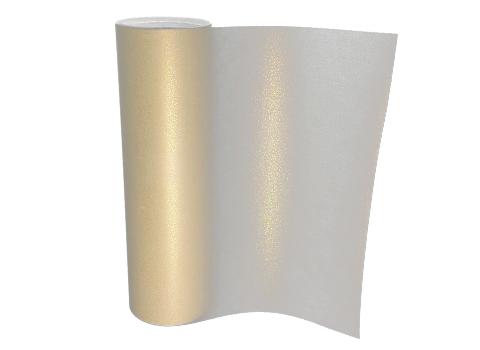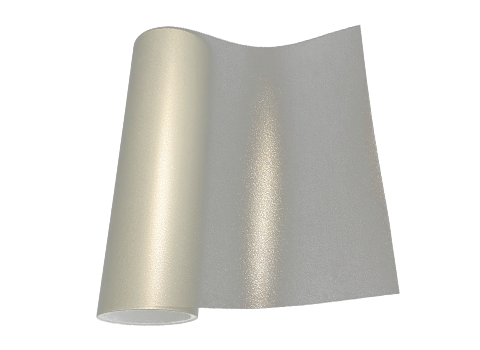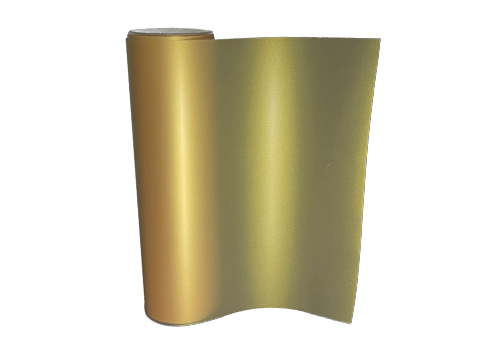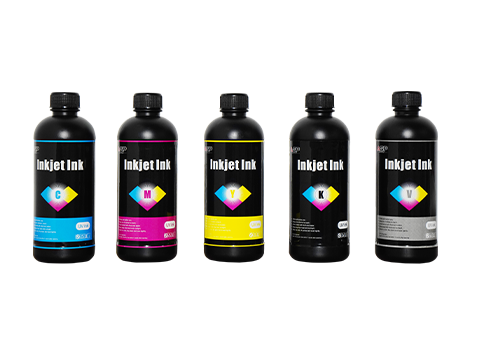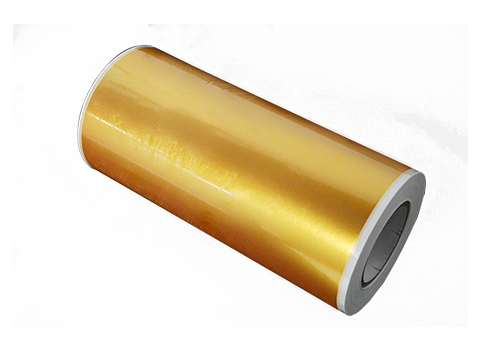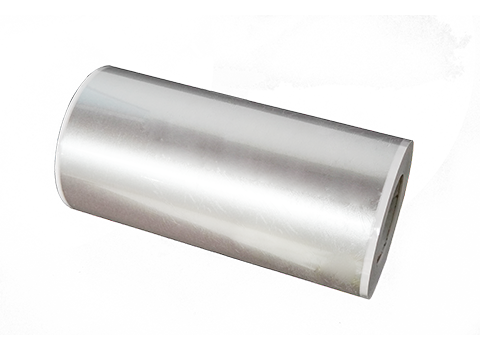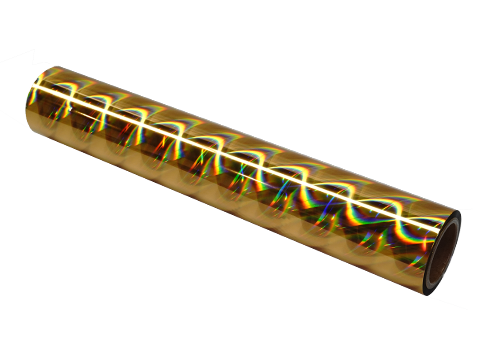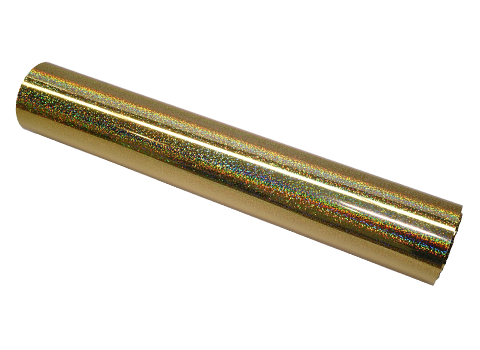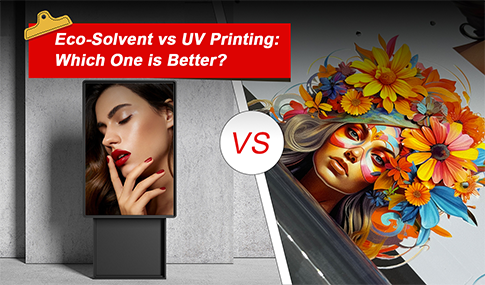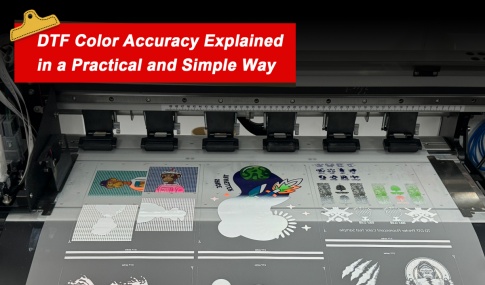Powder Shaker in DTF Printing: Why It Matters More Than You Think!
DTF printing is revolutionizing the printing industry, and one device plays an important role in its success: the powder shaker. This machine serves as the backbone of high-quality and efficient DTF printing. Whether you're new to DTF printing or looking to grow your production, understanding how a powder shaker works and its importance will help you make better decisions.
This article will guide you on the purpose, types, benefits, and common mistakes related to powder shakers, and give tips for bettering your setup and output.
What is a Powder Shaker?
A powder shaker in DTF printing is a machine that applies and spreads the adhesive powder on the printed film. This adhesive powder sticks the print to the product under a heat press because it reacts to heat.
Without a powder shaker, the powder on the print must be applied manually, and that can lead to inconsistency in prints. The powder shaker automates this process, and some powder shakers also have a built-in curing system that melts the adhesive powder on the film, this makes the prints more durable.
Why the Powder Shaker Matters
1. Adhesive Application
A powder shaker provides even adhesive application and makes for better print quality.
2. Time and Labor Savings
Manually applying adhesive powder takes a lot of time and effort. The powder shaker saves you time for other tasks.
3. Human Error Minimization
By automating a step in the DTF process, the powder shaker reduces the chance of inconsistency and errors that can happen when manual handling.
4. Waste Reduction
It applies the right amount of powder and allows you to reduce waste and improve cost-cutting. It also reduces messiness and makes cleaning easy.
5. Production Volume
For businesses that do big production, an automatic powder shaker is a must. It allows you to set up automated printing and increase overall productivity.
Types of Powder Shakers
Manual
Manual powder shakers need a human operator; they are good for small businesses, but the prints can have flaws because of manual application.
Semi-Automatic
Semi-automatic powder shakers help in applying and curing the powder, but still need human input, and they offer a good balance between cost and performance.
Fully Automatic
These are industrial shakers that handle spreading, shaking, and curing with no human input. They are good for high-volume businesses, and they save labor costs.
Integrated
Newer DTF systems now have integrated powder shakers. These save space and simplify workflow. They are especially useful in smaller businesses where space is less.
Common Mistakes to Avoid
Too Much Powder
If too much powder is put in the tray, it can block the machine, and it might not be applied evenly, so you should always follow the manufacturer’s recommendations.
Ignoring Maintenance
Powder shakers, like any other machine, require maintenance. Accumulated dust can create mechanical problems or affect the precision of sensors. Keep it clean for consistent performance.
Skipping Calibration
Poor transfers can also result from an incorrect speed of spread for powders or an incorrect shaking intensity. Always test and calibrate, as different prints and fabrics will vary.
Using Low-Quality Powder
Hot-melt powders are not all the same. Powder of low quality results in inadequate adhesion, peeling, or powder residue on the garments. As with any other powder, always be sure to use one that is suited to your printer and the type of fabric you’ll be printing on.
Incompatible Settings with Printer Output
Make sure that the powder shaker is synchronized with the speed at which your DTF printer outputs. For example, mismatches would lead to a lack of powder application or overheating during curing.
Ignoring the Working Environment
Powder consistency and curing results can also be affected by humidity, temperature, and airflow in your working environment. Make sure the environment you are printing into is stable and within the recommended conditions.
Tips for Choosing the Right Powder Shaker
- Your Production Needs: Manual and semi-auto are good for small orders, auto is better for big orders.
- Easy to Clean: Look for designs that are easy to take apart and clean.
- Build Quality: Choose durable machines that have long-lasting parts from reputable vendors and brands. Investing in a good powder shaker might seem difficult in the start depending upon your budget, but a good machine will provide you value for money in the long term.
- Customer Support and Warranty: Check warranties and reviews before buying because machines with good after-sales services will save you time and money in the long term.
- Features: Some newer powder shakers have extra features like monitoring, auto shut-off, powder recycling, and some have diagnosis capabilities too.
Powder Shaker Maintenance
- Daily Cleaning
Clean your powder shaker at the end of the day after use. Wiping away any leftover powder will keep the machine smooth.
- Weekly Check-Up
Check the parts of your powder shaker at least once every week, and if anything looks damaged, replace or repair it.
- Calibration
Regularly check that the temperature, speed, and powder settings are correctly set up.
- Lubrication
Oil the moving parts of your powder shaker according to the manufacturer’s guidelines because lubrication prevents friction and keeps things running.
Conclusion
The powder shaker may seem like a simple piece of equipment, but it is the backbone of DTF printing. It reduces the risk of human error and gives you consistent and quality prints. This translates to fewer errors in production and happier customers.
As DTF printing gains traction, trust in systems that provide scale options has never been more relevant. With a properly constructed powder shaker and knowing how to use it, you have a visible advantage.

